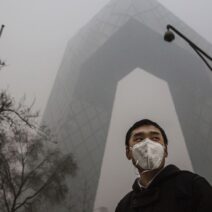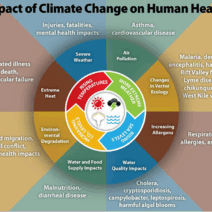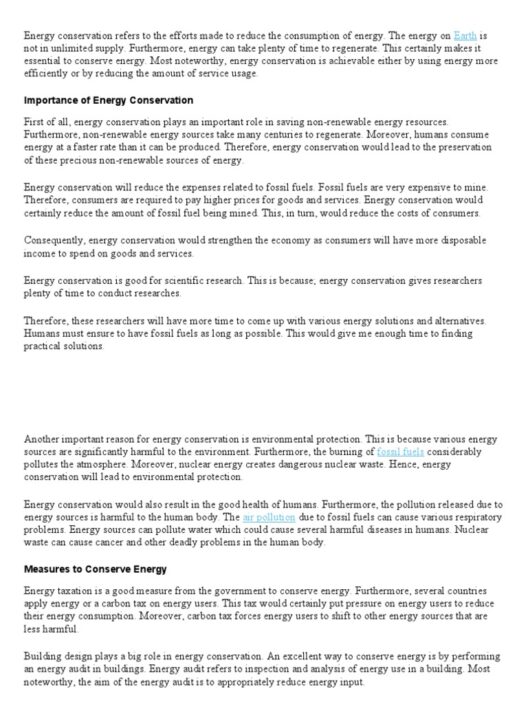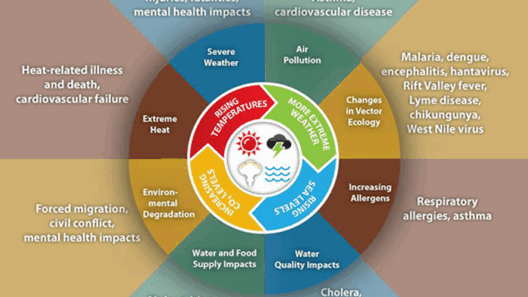The planet we inhabit is a delicate tapestry, intricately woven with the threads of ecosystems, climate systems, and human actions. At the forefront of contemporary environmental discourse is the pressing issue of global warming, an existential crisis that casts a shadow over our future. A Global Warming Primer serves as a compass to navigate this complex terrain, delving into the methods, materials, and truths that define our understanding of climate change.
Understanding global warming requires a multidisciplinary approach, integrating science, economics, and social considerations. The methods employed to study and address this phenomenon are as varied as the impacts of climate change itself. Among these methods, climate modeling stands out as a pillar of contemporary research. Advanced computational simulations allow scientists to project future climate scenarios by analyzing current trends in greenhouse gas emissions, land use changes, and oceanic variations. These models act as crystal balls, albeit imperfect, offering glimpses into potential futures depending on the trajectories we choose.
Data collection serves as the bedrock of these models. From satellite measurements of atmospheric carbon dioxide concentrations to ground-level observations of temperature fluctuations, a vast array of materials is utilized to assemble a coherent narrative of earth’s climatic past, present, and potential futures. Each data point is a note in the grand symphony of our planet’s health, providing clarity amidst the cacophony of information swirling around us.
Yet, merely assembling this data is insufficient. The interpretation of such materials hinges on a rigorous scientific methodology, one that demands a discerning eye and a willingness to embrace uncertainty. Climate scientists continuously refine their understanding through peer-reviewed research, navigating the waters of debate and skepticism. Just as a skilled sailor reads the wind and waves, scientists interpret data trends, drawing connections that elucidate the underlying mechanisms of climate change.
The undeniable truths that surface from these investigations paint a dire portrait of our planet. The Earth is warming, and with it, the ramifications ripple through all layers of existence. Polar ice caps are retreating like receding hairlines, revealing a landscape once shrouded in frozen serenity. As glaciers melt, they release not only water but also previously trapped greenhouse gases, thereby exacerbating the cycle of warming. Sea levels rise, reshaping coastlines and threatening the communities that reside on their edges.
Moreover, extreme weather events have become harbingers of this new era. Hurricanes, wildfires, and droughts are increasingly frequent and intense, driven by the shifting parameters of climate systems. The very fabric of our agricultural landscape is unraveling as farmers contend with erratic weather patterns and diminished yields. Each crop failure is a harbinger of economic distress, marking the intersection of environmental and human suffering.
However, amidst this somber tableau, hope is not entirely extinguished. A Global Warming Primer explores innovative methods and sustainable materials that can be leveraged to combat this crisis. Renewable energy sources, such as solar and wind power, have emerged as formidable allies in the fight against climate change. These technologies harness the inexhaustible force of nature, transforming sunlight and wind into energy without the detrimental byproducts of fossil fuels. The aesthetic of solar panels glinting in sunlight and wind turbines gracefully spinning in the breeze is not just a vision of progress; it represents a paradigm shift towards sustainability.
Furthermore, the development of carbon capture technologies illustrates humanity’s ingenuity. These methods capture carbon dioxide from the atmosphere, effectively acting as a sponge that absorbs the excesses of our industrial activities. It is a poignant metaphor for redemption—a chance to reclaim the future from the precipice we stand upon. When incorporated alongside rigorous reforestation efforts and regenerative agriculture practices, we conjure a multi-faceted approach to healing our planet.
Education is another indispensable tool in this campaign. Knowledge is powerful, and disseminating information about climate change can empower individuals and communities to act. The metaphor of a seed can be applied here; when planted, it requires nurturing to blossom into a tree. Increased awareness cultivates a sense of responsibility, igniting movements that advocate for systemic change. Grassroots initiatives, often borne from local communities, can influence policy on a global scale, echoing the mantra that local actions lead to global consequences.
However, the journey to mitigate global warming is not without its complexities. Resistance often arises from various quarters, sometimes rooted in economic interests or cultural beliefs. The dialogues surrounding climate change can be tumultuous, marked by polarization. Yet, it is essential to approach these discussions with empathy and openness. Fiat currency can be marked, just as discussions on climate policies can lead to constructive outcomes when stakeholders engage in collaborative dialogues rather than combative debates.
In conclusion, A Global Warming Primer elucidates the multifaceted nature of climate change—an intricate dance of science, policy, and human behavior. Embracing the alarming truths is the first step, yet it is not the end. The methods and materials available to us offer glimmers of hope, urging collective action for mitigation. As we stand at this critical juncture, it is our responsibility to weave a new narrative, one where proactive engagement with environmental realities fosters resilience and sustainability. Only then can we safeguard the fragile tapestry of our world for generations to come.







